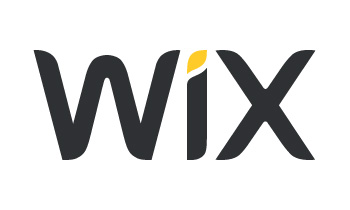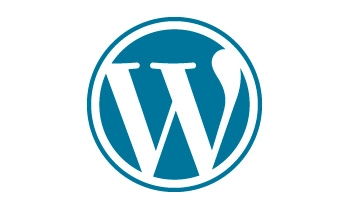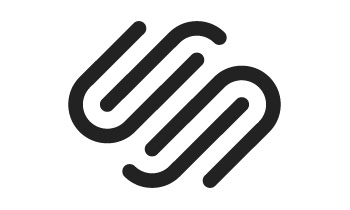The French updated their General Accessibility Repository for Administrations (RGAA3 Compliance) guidelines, based on
WCAG 2.0, in 2015.
The update included a focus on newer technologies, including HTML5. RGAA2 was mandated for all French central government websites in 2011 and in 2012 for all other public websites such as services, towns, research, etc.
European Union
The EU has a strong history (beginning in 1999) of creating documentation relating to website accessibility. In 2011, EU member representatives signed the United Nations (UN) "Convention on the Rights of Persons with Disabilities." This document has a set of basic requirements for accessibility, and those signing agreed to promote the creation of websites supporting the requirements.
The European Commissions€™s 2012 proposal for a directive on the accessibility of the public sector bodiesג€™ websites seeks to ensure the accessibility of public (i.e. government) websites.
In May of 2016, the EU commission agreed to a set of guidelines to bring public websites and apps to the same level of accessibility for all citizens.
The EU directive on making public websites and apps accessible was approved in October 2016, and became effective on December 22, 2016.
The EU has worked through a complex process in an honest attempt to achieve a harmonious practice that can be enforced. However, nations within the EU also have their own governing guidelines. Although they vary by country, all agree WCAG 2.0 is the gold standard they use to measure accessibility.
Free consulting with accessibility expert
Not sure where to start? Submit your request for your one-on-one consulting with accessibility expert to go over you needs and fit you the right accessibility suite for your company.
Schedule your free consulting now











































